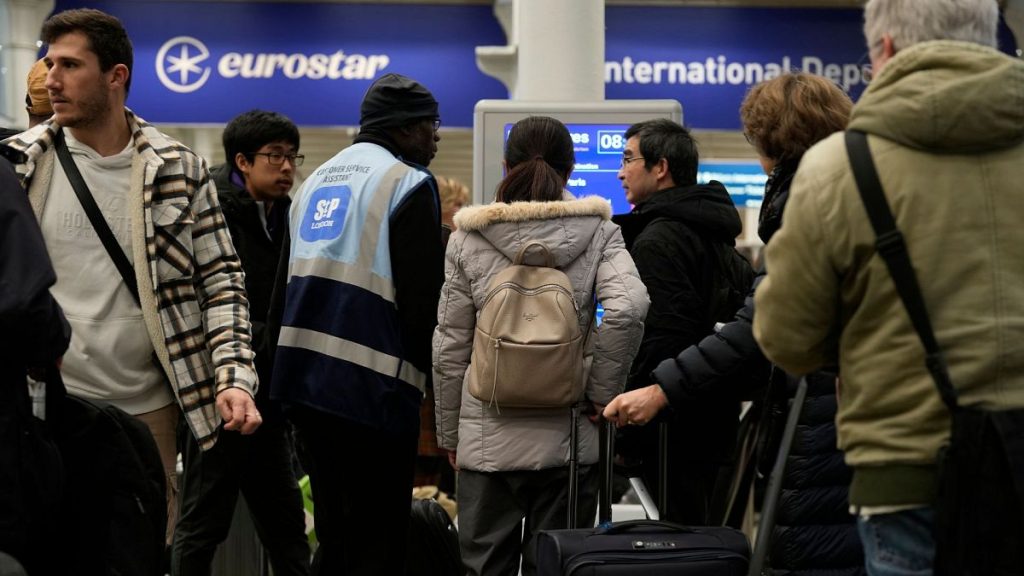The new Entry/Exit System (EES) is set to launch on 10 November, requiring all travellers from outside the EU to have their biometric data recorded each time they enter and exit the Schengen Area. To prepare for this new system, ports, airports, and land borders across the EU are installing new technology such as scanners and processing areas. While millions of euros have been invested in these preparations, there are concerns about potential delays and queues at checkpoints once the EES is implemented. The UK, in particular, faces challenges as post-Brexit travel to the EU will involve additional checks and processes.
To address the challenges posed by the EES, the UK government has allocated £10.5 million to support preparations at key ports and international train stations. This funding will be used to set up the required technology and processes for smooth EES registration, including the installation of self-service kiosks for passengers to register their fingerprints and photographs. The aim is to minimize disruption for British travellers and ensure a smooth transition to the new border controls despite EES being an EU initiative. The funding will also support recruitment and training of staff to contribute to the implementation of the EES.
Ports such as the Port of Dover, Eurotunnel, and Eurostar are working towards a smooth transition to the EES, with preparations on track for implementation later this year. While there have been concerns about delays and chaos, port operators are confident that passengers will be able to travel through the Channel Tunnel just as easily as they do today. Despite initial delays in preparations in some countries like Malta, the European Commission has confirmed that all Member States are ready for the changes, with digital border controls set to be switched on at the same time across Europe.
Despite these preparations, UK travel agents remain skeptical about the EES launch, citing a lack of awareness among travellers and varying levels of preparedness at different airports. Concerns have also been raised about potential clashes with the UK’s own Electronic Travel Authorization (ETA) for visa-free travellers, as well as the upcoming introduction of the ETIAS travel system in 2025. While a mobile app allowing pre-registration of data will be available in some countries, it remains a voluntary option. Travel associations have called for an extended transition period and relaxed checks during times of lengthy waiting to alleviate potential chaos and confusion.
In conclusion, the launch of the new Entry/Exit System (EES) on 10 November will bring about significant changes for travellers from outside the EU entering the Schengen Area. While preparations are underway at ports and airports across the EU, concerns remain about potential delays and queues at checkpoints. The UK, in particular, faces challenges post-Brexit as it prepares for additional checks and processes when travelling to the EU. Despite efforts to minimize disruption and ensure a smooth transition, travel agents remain cautious about the EES launch and the potential impact on travellers. Further coordination and communication will be essential to address challenges and ensure an efficient implementation of the new border controls.









